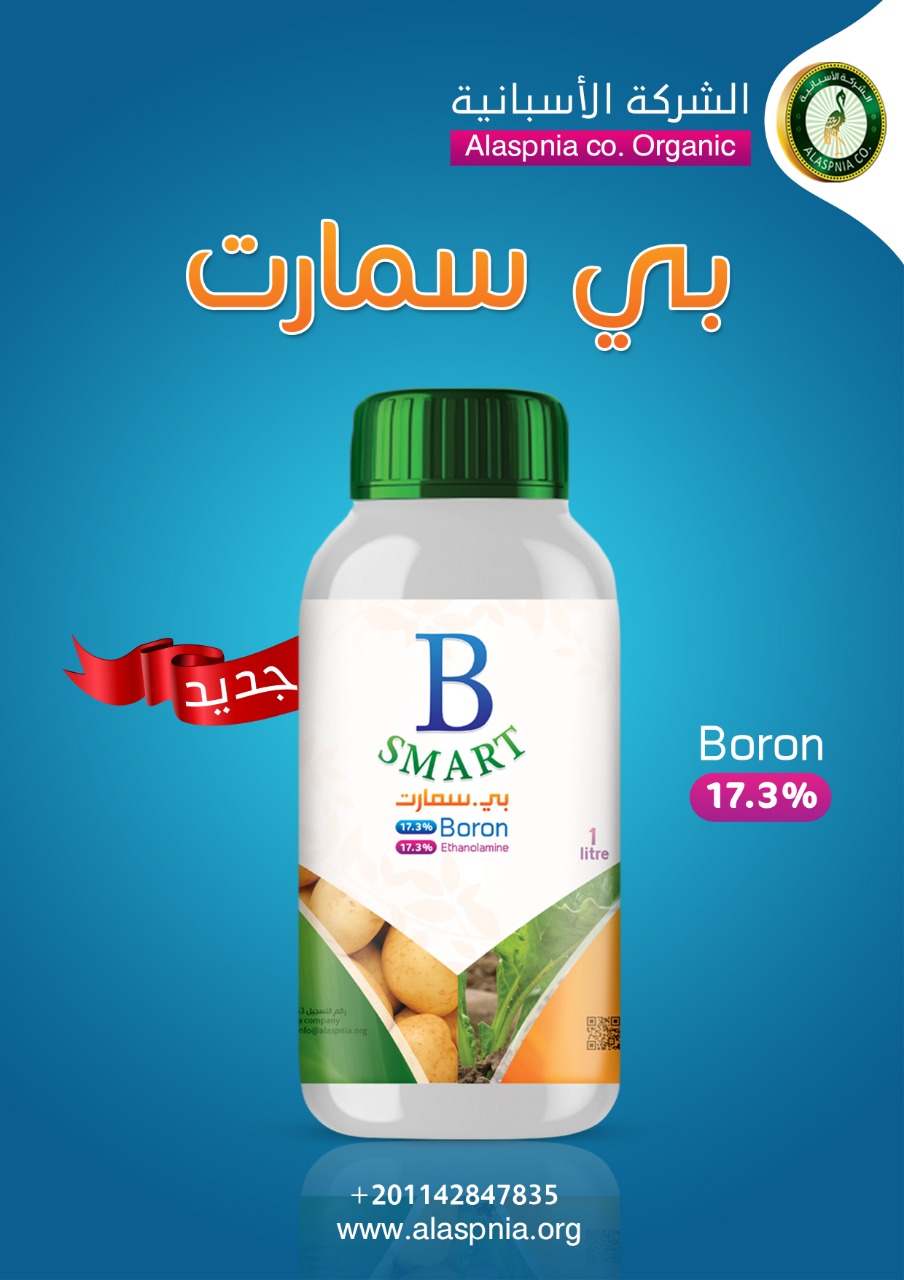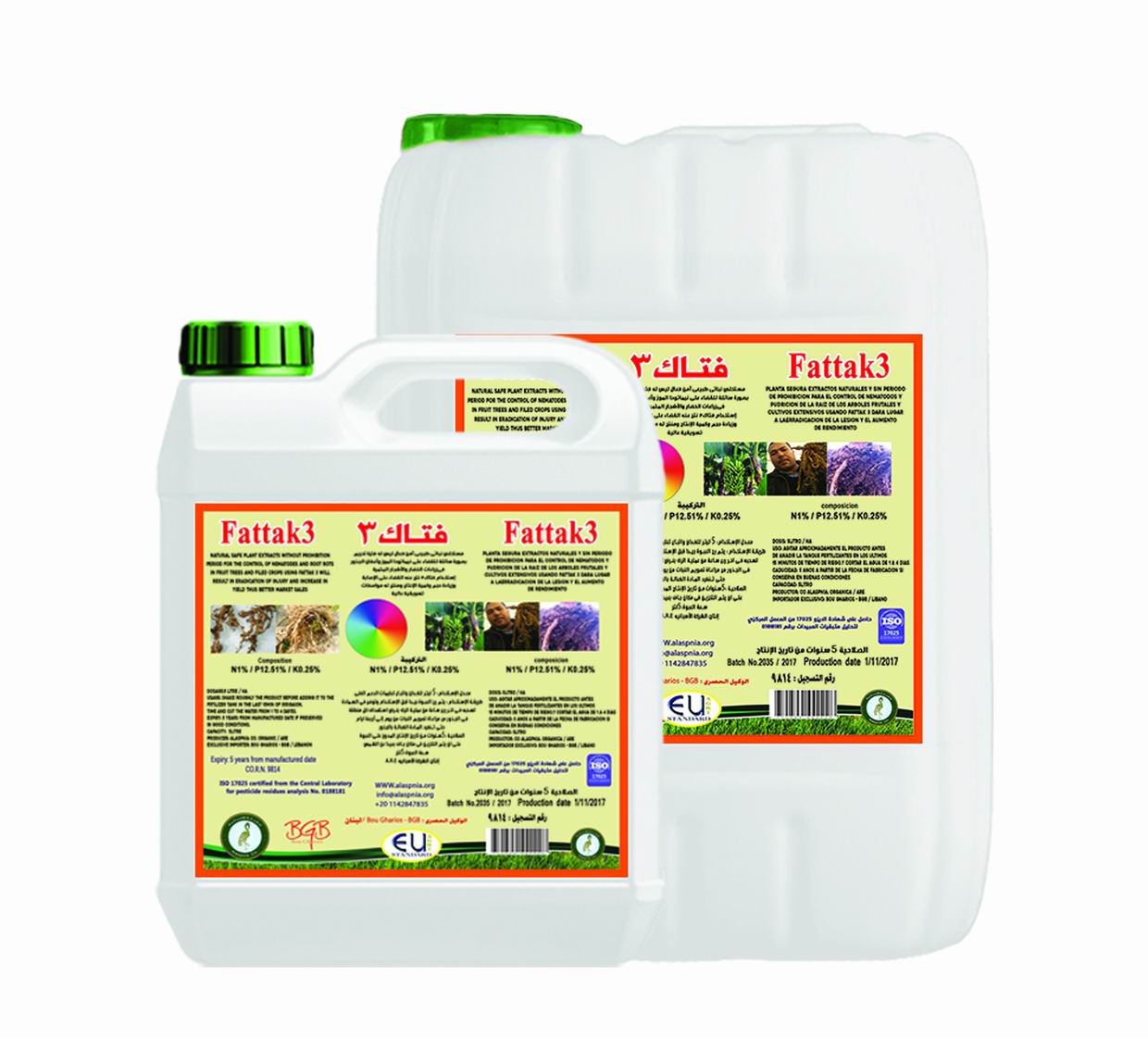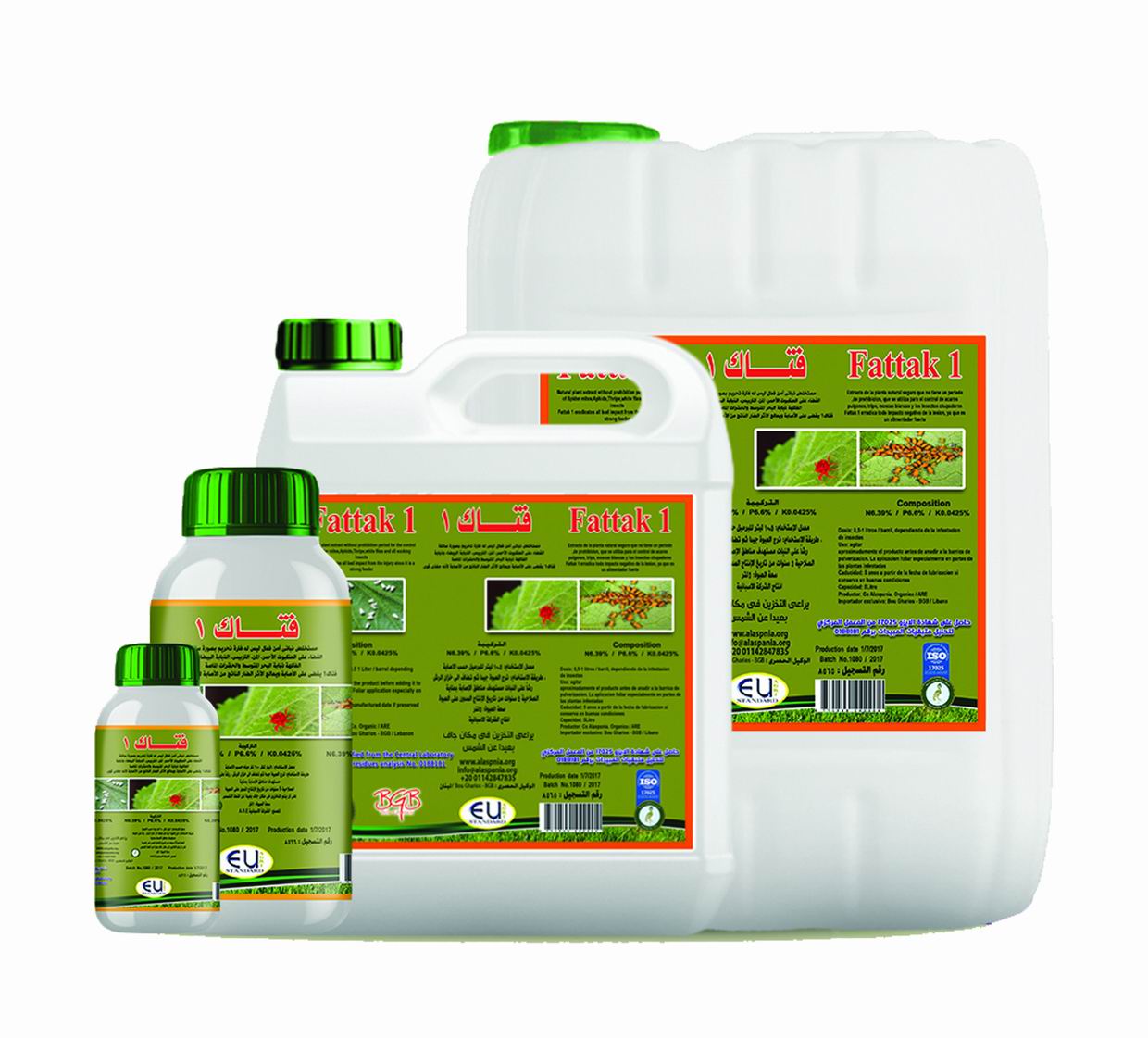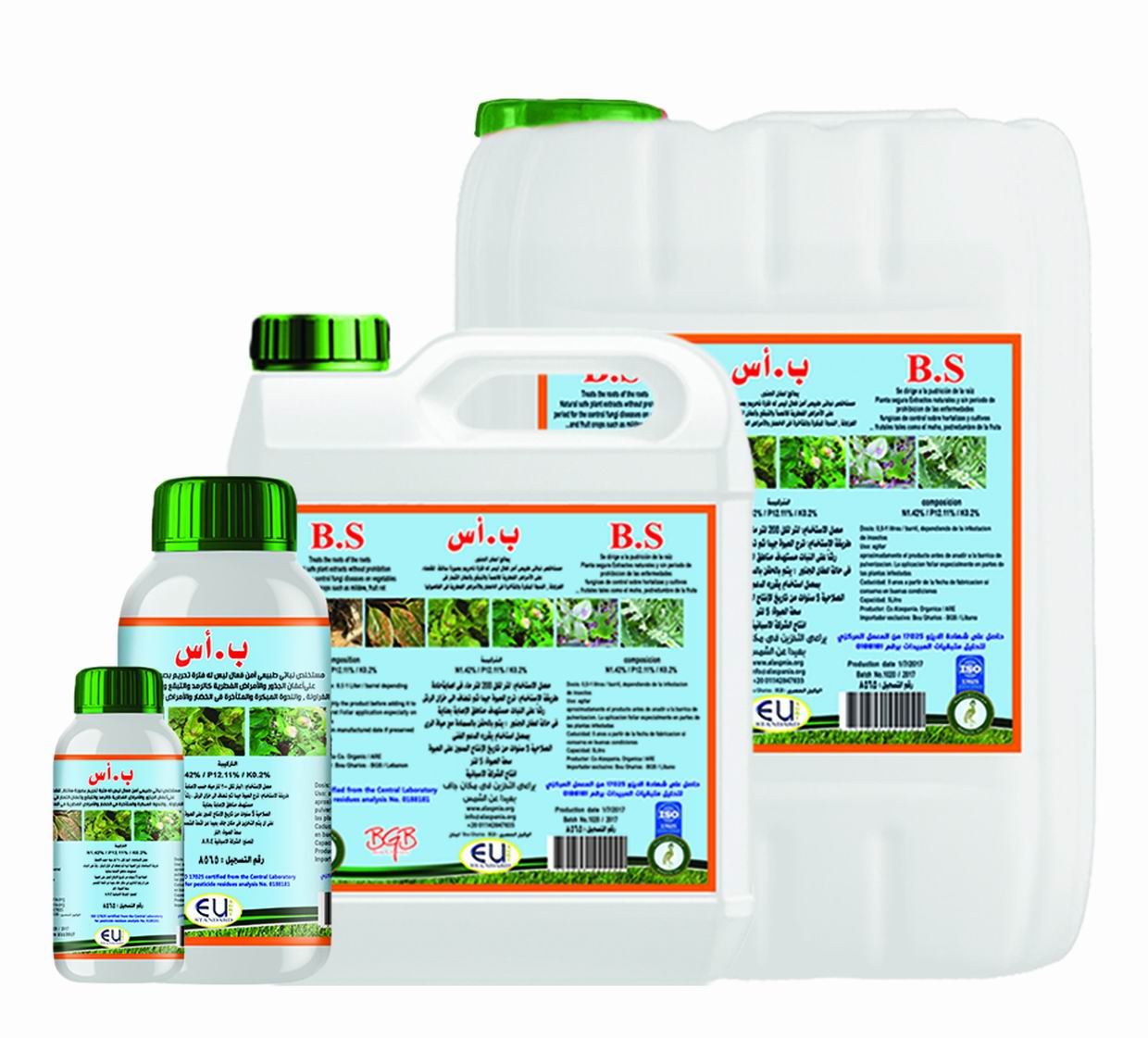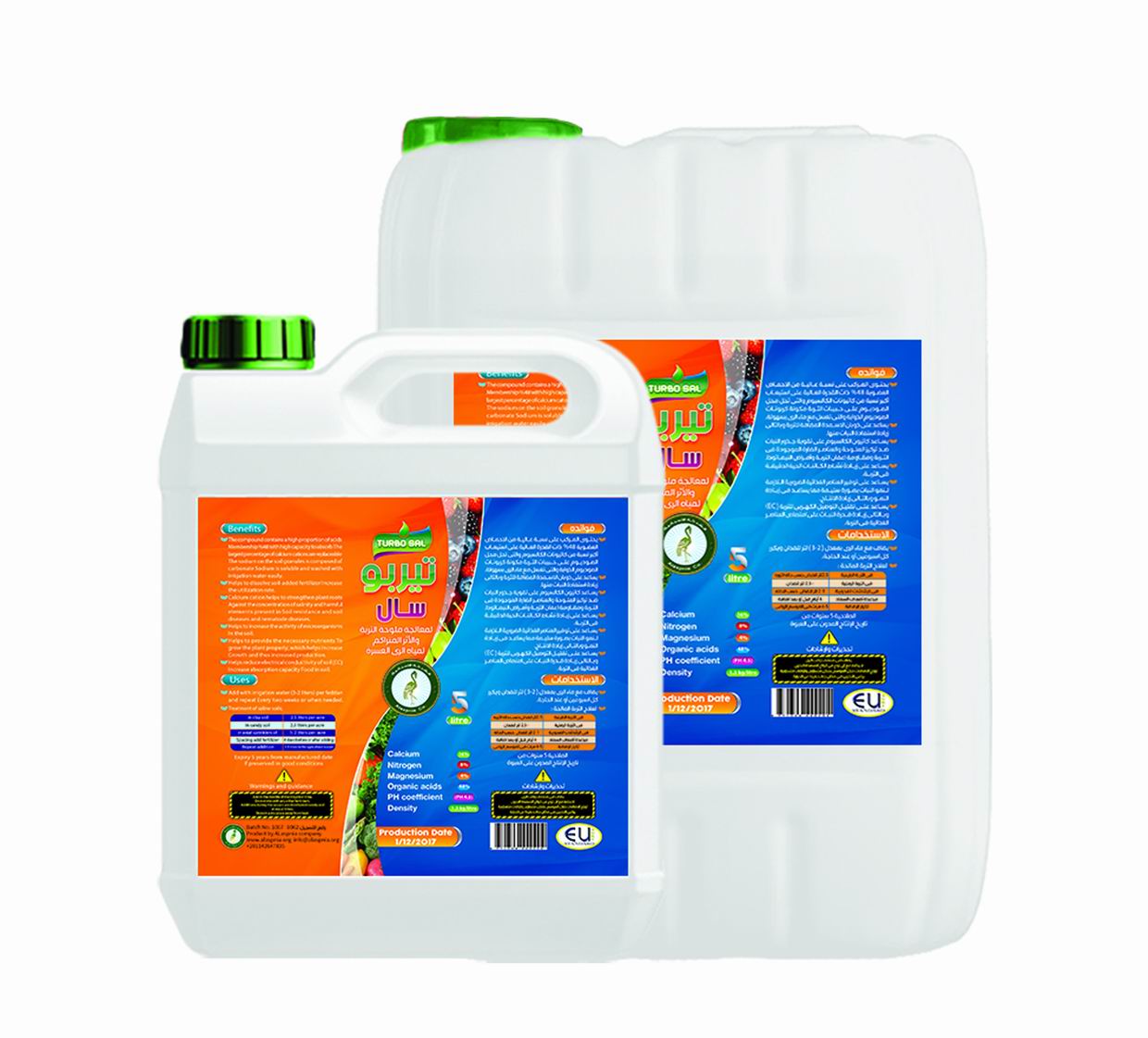Spiral snails and treatment with the products of the Spanish company

The name of the snail is called most of the members of the range of molluscs of the foot, which take the shells or snails to protect her body. Snails are present in fresh water, oceans and land
the movement
The snail moves through its “foot”, which contracts and spreads, and produces a mucus that reduces the friction between the ground and the foot of the snail to facilitate movement. The snail moves an average of 47 meters per hour, leaving behind a bright silver footprint
the growth
The cochlea contains high growth lines, parallel to the opening in which they are located, which correspond to the successive conditions that the cochlear end takes during the growth of the animal and the snail is able to repair it
Hibernation
When he fasts, the snail closes its shell on its opening with a shell made up of a thick mucus layer containing holes to keep the breathing process going. When the snail activates, it secrete a substance that dissolves the shell to get its head, feet and resumes. Hibernation also occurs when temperatures fall below 15 degrees or during dry periods, while wet temperatures are refreshing
Snail Body Sections
The shell is a thin spiral cone that shows growth lines; it is composed of 75% calcium carbonate (limestone), 25 to 40 mm in diameter, 25 to 35 mm in length, and 4 or 5 times, , And is generally limited between dark brown and yellow-colored chestnut
Soft body
Soft and viscous, grayish brown, can be fully inserted into the shell when feeling dangerous or inactive during periods of cold or drought, consisting of
The head is encoded and has a mouth with three lips, and four probes: two brown, two downward shorts explore the earth, while the other two end with the two eyes up
The foot is muscular, light and smooth unlike the rest of the body, which is dark and covered with many lines
the coat
Visceral sac
Sense
The snail’s vision is primitive; the snail moves the visual sensors to observe the surrounding medium. But the sense of smell is developed by the two short-fleshy probes, and the tactile is also sophisticated, thanks to the sensory cells that are distributed widely in the foot
nutrition
The mouth of the snail is curved, and the upper lip is brittle, covering the jaw in the shape of a small sharp, fixed blade. The tongue, which is rough and moving (tongue of molluscs), has a cooled shape and has about 16,000 years of accurate teeth. Snail food is especially made of leaves (cabbage). Also sweets are also preferred fruit (especially strawberries and melons). The snail is a herbivore and poses a threat to a large variety of plants due to the damage it causes
Body Slots
We see three openings: – Breeding and ovulation slot. – respiratory opening. – Anus can be identified by the appearance of a thin line of green waste
Transport and breathing
The snail has a single lung located in the area of the body protected by the placenta, and is respirated by the only lung (pulmonary respiration), or by its wet skin (skin respiration). The heart is composed of: the atrium, the mud, and the arteries that distribute colorless blood throughout the body, and the transport device at the snail is an open blood vessel
Reproduction
The sperm is mature before the oocytes, where two sexually mature individuals mate and the sperm pass through the genital cavity behind the long optical probe, then put their eggs in pits and dig them in the ground. After a period of two to three weeks, the eggs hatch from small snails with transparent snails, which mature after 1-2 years. The snail is run for about five years
Places to spread
The snail spreads around the Mediterranean and Western Europe, from North West Africa to Eastern Iberia to Asia Minor, as well as some British Isles, and is widely found in other regions
the cure
The use of the Fttak2 product by the Spanish company is a 100% natural product and has no prohibition period at all


 العربية
العربية  Français
Français 

